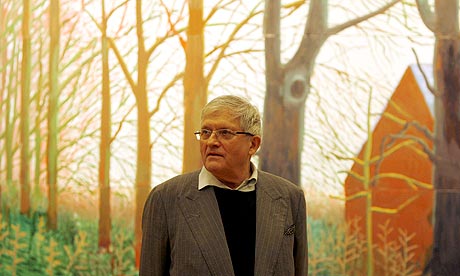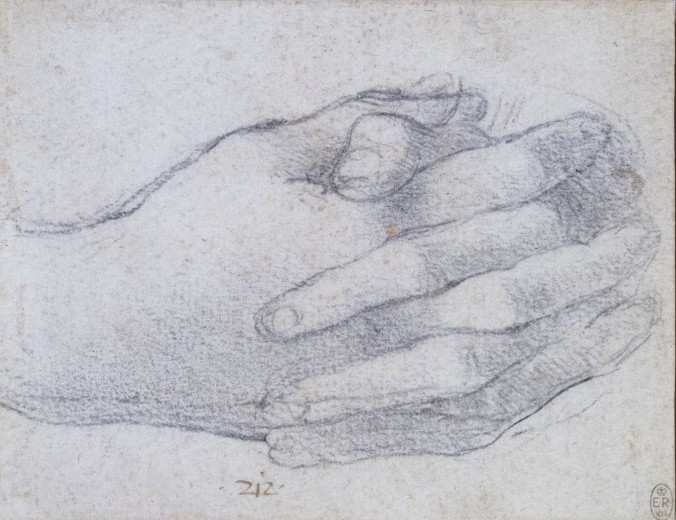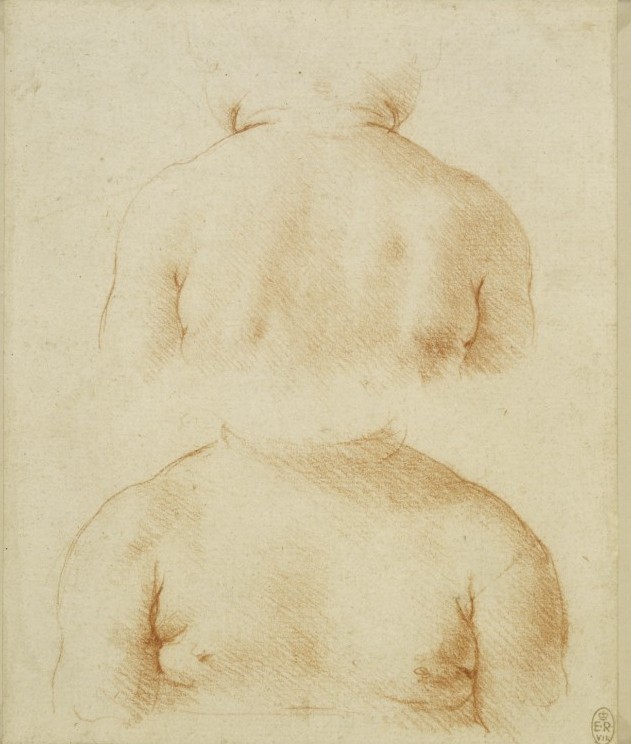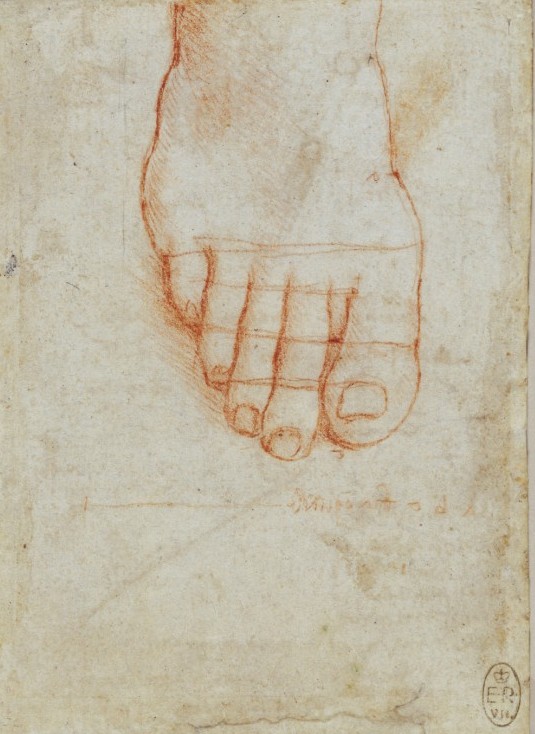Sono stato al PAC di Milano per vedere “The Abramović Method” la mostra-performance di Marina Abramović. In generale sull’opera passata dell’artista serba sono d’accordo con Francesca Bonazzoli, che qui ha descritto bene la sua poetica; ma rispetto alla performance dentro e fuori dal PAC condivido la stroncatura che ne ha fatto di Robedachiodi.
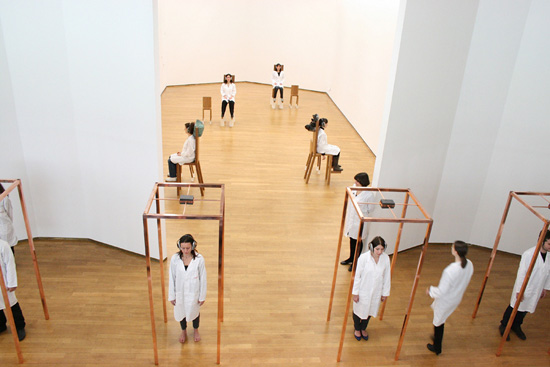
Eppure la visita al PAC mi ha fatto mettere a fuoco un aspetto del lungo percorso della Abramović che mi pare importante sottolineare. Entrando nelle stanze dove si svolgeva la performance non si può non notare il forte impatto visivo di quel che sta accadendo. La cura compositiva degli scarni arredi (sedie, lettini ect…) e della disposizione dei performer è notevole. Nulla è lasciato al caso. L’impressione si accentua se si guarda come viene riproposta la mitica performance del 2010 al Moma “The Artist is Present”. Ma quando si percorre il corridoio in cui vengono proiettati i video delle performance passate (in ordine cronologico inverso) ecco l’idea.
La body art, o l’arte performativa, nasce negli anni ’60 in polemica con l’arte tradizionale e in particolare con la pittura. Le azioni della Abramović, inizialmente, sono volte a provocare nello spettatore un senso di disagio utilizzando, soprattutto, il nudo e l’autolesionismo. Molto significativa, mi sembra, la performance del 1975 intitolata “Art must be beautiful – Artist must be beautiful” (non in mostra), durante la quale l’artista si spazzola i capelli in modo quasi ossessivo-compulsivo mentre pronuncia proprio questa frase: l’arte deve essere bella, l’artista deve essere bella.
Col passare degli anni le opere di Marina, nonostante in molti casi continuino a provocare un senso di disagio, assumono forme visive sempre più raffinate e ricercate. L’artista durante la performance produce delle immagini, che poi verranno registrate con video e fotografie. Tali immagini, che richiamano in qualche modo modelli compositivi classici, risultando belle anche da vedere. La serie “Seven Easy Pieces” del Guggenheim di New York (2005) mi sembra un ottimo esempio di questo, ma anche “The Artist is Present” del Moma (2010) lo è. Le mie preferite sono “The Kitchen” (2009) e “The Lamb” (2010).
Mi sembra un importante indizio di serietà. E anche il motivo del crescente successo degli ultimi anni.
Si potrebbe dire che, indipendentemente dal punto di partenza, un artista che lavori con serietà – ad esempio mettendo sempre alla prova il proprio talento – non può non incappare in qualche modo in lei, la bellezza. Quasi che alla bellezza si possa arrivare anche in contromano.

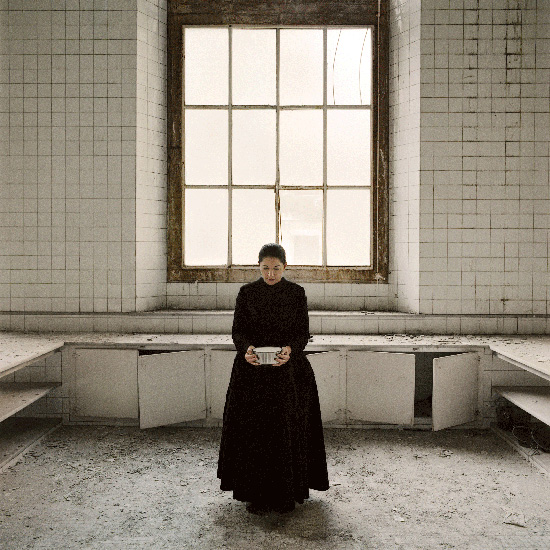

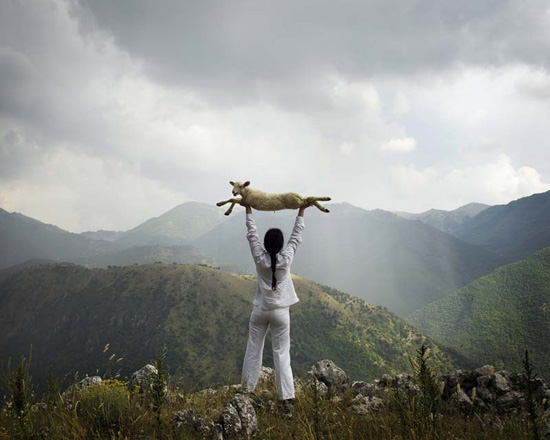
I was at PAC in Milan to see “The Abramović Method”, the Marina Abramović‘s exhibition-performances. In general, about the Serbian artist’s past work, I agree with Francesca Bonazzoli, who here has aptly described her poetry. But about the performance inside and outside the PAC, I share the bad review written here by Robedachiodi.

And yet, visit the PAC has made me focus on one aspect of the long path of Abramović I think it is important to underline. Entering the room where the performance took place, one can not but note the strong visual impact of what is happening. The treatment composition of the meager furniture (chairs, beds etc…) and the arrangement of the performers is remarkable. Nothing is left to chance. The impression is accentuated if you look like is returned the legendary 2010 performance at the MOMA “The Artist is Present”. At the end of the corridor with the videos of past performances (in reverse chronological order)… I got the idea.
The body art, or performance art, was born in the 60s in opposition to traditional art and especially painting. Abramović’s peformances, initially, are intended to provoke in the viewer a sense of discomfort using, particularly, nude and self-injury. Very significant, I think, the performance of 1975 entitled “Art must be beautiful – Artist must be beautiful” (not shown), during which the artist brushes her hair in an almost obsessive-compulsive way, pronouncing just this sentence: art must be beautiful, the artist must be beautiful.
Over the years the works of Marina, although in many cases continue to provoke a feeling of discomfort, become visually more refined and sophisticated. The artist produces images during the performance, which will then be recorded with video and photographs. These images, which recall somewhat classical compositional models, become attractive. The series “Seven Easy Pieces” at the Guggenheim in New York (2005) seems a good example of this, but also “The Artist is Present” MoMA (2010) it is. My favorites are “The Kitchen” (2009) and “The Lamb” (2010).
It seems to me an important hint of seriousness. And the reason for the growing success in last years.
You could say that, regardless of starting point, an artist who works with seriousness – for example, always putting their talents to the test – can not help but run into her: the beauty. As if we can get the beauty also in the opposite direction.




